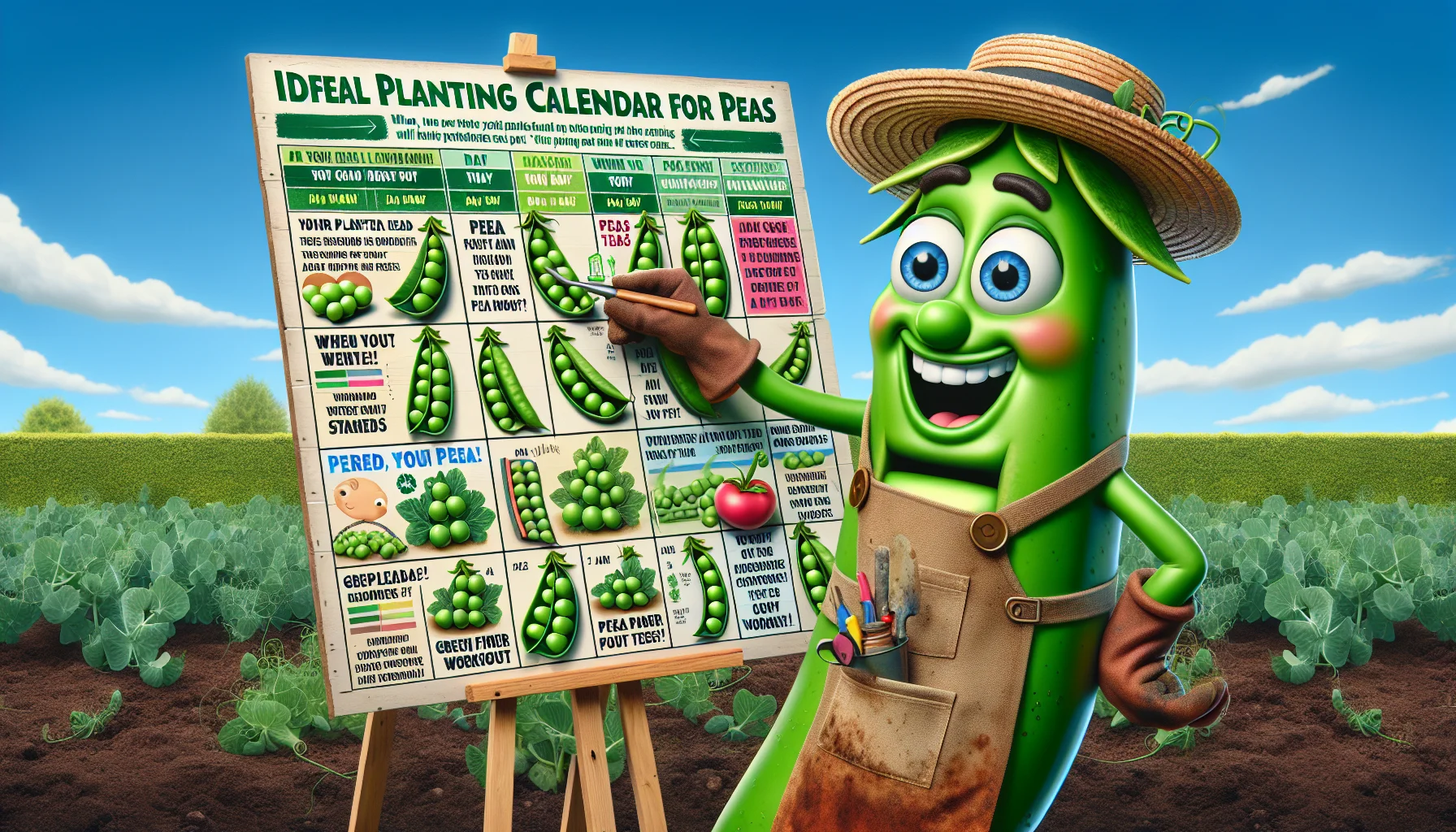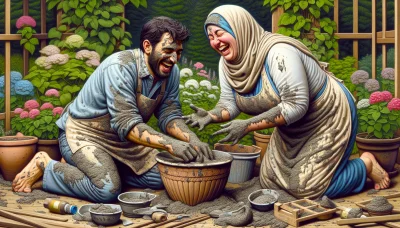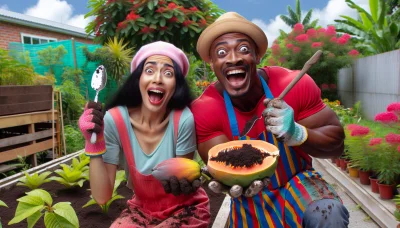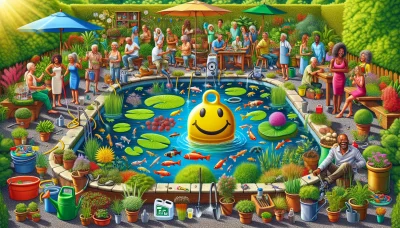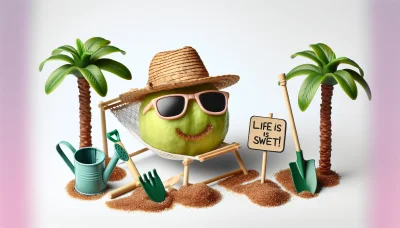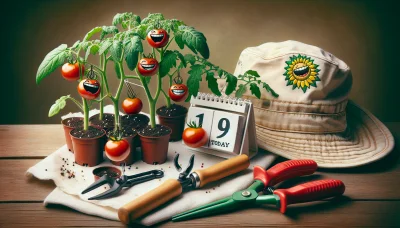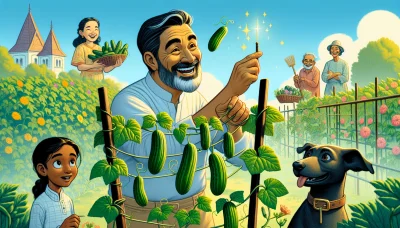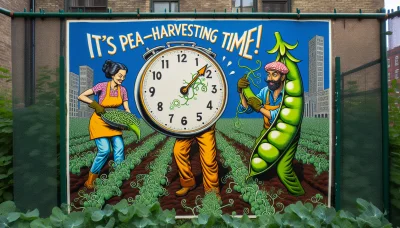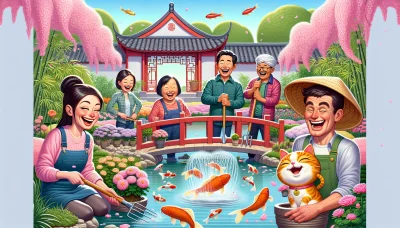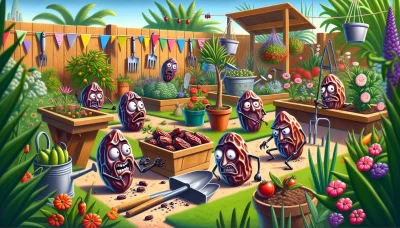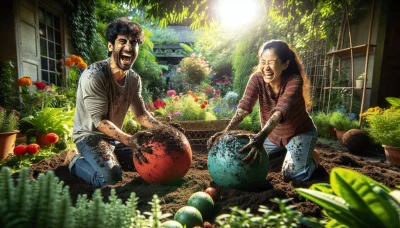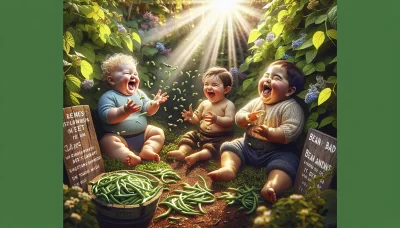When to plant peas Quiz
Test Your Knowledge
Question of
The Best Time to Plant Peas
Timing is crucial when it comes to planting peas to ensure a successful harvest. Peas thrive in cooler temperatures, making early spring the ideal time to plant them, as soon as the soil can be worked. In regions with mild winters, planting can also occur in the fall for a winter or early spring harvest. Planting peas at the right time allows them to develop a strong root system and mature before the hot summer weather sets in, which can hinder their growth and pea production. Understanding and adhering to the optimal planting time for peas is essential for gardeners aiming to enjoy a bountiful and tasty pea crop.
Understanding Your Climate Zone
Different climate zones can significantly impact the planting schedule of peas. In cooler climates, peas can be planted as soon as the soil can be worked in the spring, often several weeks before the last frost date. This is because peas thrive in cooler temperatures and do not do well in the heat of summer. On the other hand, in warmer climates, it might be beneficial to plant peas in the late summer or early fall for a winter harvest, as the cooler winter temperatures in these regions provide ideal growing conditions. Understanding your specific climate zone is crucial for determining the optimal planting time to ensure a successful pea crop.
Spring Planting Guide for Peas
- Choose a sunny site with well-draining soil to plant your peas. Peas prefer a little shade in hotter climates but generally thrive in sunny locations.
- Prepare the soil by turning it over to a depth of at least 12 inches and mixing in a 2-inch layer of compost to enrich the soil and improve drainage.
- Check the soil temperature. Peas need to be planted in cool soil, ideally between 45°F and 70°F. If it's too warm, the peas won't germinate well.
- Sow pea seeds directly in the ground, planting them 1 inch deep and 2 inches apart in rows. If you're using supports for climbing varieties, place the supports in the ground before planting.
- Water the planted seeds gently but thoroughly to moisten the soil. Peas need consistent moisture, especially during germination and flowering.
- As the pea plants grow, keep the soil moist but not waterlogged. Mulch around the plants to retain moisture and keep the soil cool.
- Watch for pests such as birds or insects that may be attracted to your pea plants. Use netting to protect the plants from birds if necessary.
- Harvest peas when they are plump and bright green. For most varieties, this is about 60 to 70 days after planting.
Fall Planting: A Second Chance for Peas
Planting peas in the fall can offer gardeners a wonderful opportunity to extend their growing season and enjoy fresh produce later in the year. This second chance for peas comes with several benefits, including cooler weather conditions that peas thrive in, and a reduction in common pests and diseases that can plague these plants in the spring and summer months. Additionally, fall-planted peas can enrich the soil with nitrogen, preparing your garden for next year's crops. However, gardeners should consider their local climate and frost dates when planning a fall pea crop, as peas need enough time to mature before the first hard frost. Choosing the right variety and ensuring the soil is well-drained and fertile are also crucial steps for a successful fall harvest.
Pea Varieties and Their Planting Times
| Variety | Optimal Planting Time |
|---|---|
| Snap Peas | Early Spring, as soon as the soil can be worked |
| Snow Peas | Early Spring, 4 to 6 weeks before the last frost |
| Garden Peas | Mid-Spring, after the last frost |
Common Mistakes to Avoid When Planting Peas
- Planting too early: Peas prefer cool weather but planting them in soil that is too cold can hinder germination. Wait until the soil temperature reaches at least 45°F (7°C).
- Ignoring soil preparation: Peas thrive in well-drained soil rich in organic matter. Amend the soil with compost before planting to improve fertility and structure.
- Planting seeds too deep: Pea seeds should be sown about 1 inch deep. Planting them too deep can make germination difficult.
- Overcrowding seeds: Space pea seeds 1 to 2 inches apart in rows. Overcrowded plants compete for light, water, and nutrients, resulting in poor growth and yield.
- Skipping support for climbing varieties: If you're growing climbing pea varieties, provide a trellis or support at planting time. This encourages healthy growth and makes harvesting easier.
- Overwatering or underwatering: Keep the soil consistently moist but not waterlogged. Peas do not like extreme soil moisture conditions.
- Ignoring pests and diseases: Monitor for common pests like aphids and diseases such as powdery mildew. Use appropriate organic controls as necessary to protect your plants.
- Planting the same location every year: Rotate pea crops to different areas of your garden each year to prevent soil depletion and reduce disease risk.
Maximizing Your Pea Harvest
To ensure a bountiful harvest of peas, it's important to start with the right conditions and maintain care throughout the growing season. Begin by planting peas as soon as the soil can be worked in the spring, as peas thrive in cooler temperatures. Choose a sunny spot with well-draining soil and consider adding compost to enrich the soil before planting. Plant seeds about 1 inch deep and 2 inches apart in rows, providing a trellis or support for climbing varieties. Keep the soil moist, especially during flowering and pod formation, but avoid overwatering to prevent root rot. Mulching around the plants can help retain soil moisture and suppress weeds. Monitor for pests such as aphids and use appropriate methods to control them if necessary. Finally, harvest peas regularly when pods are plump but not overly mature to encourage continuous production. With proper care, your pea plants can yield a plentiful harvest throughout the growing season.
